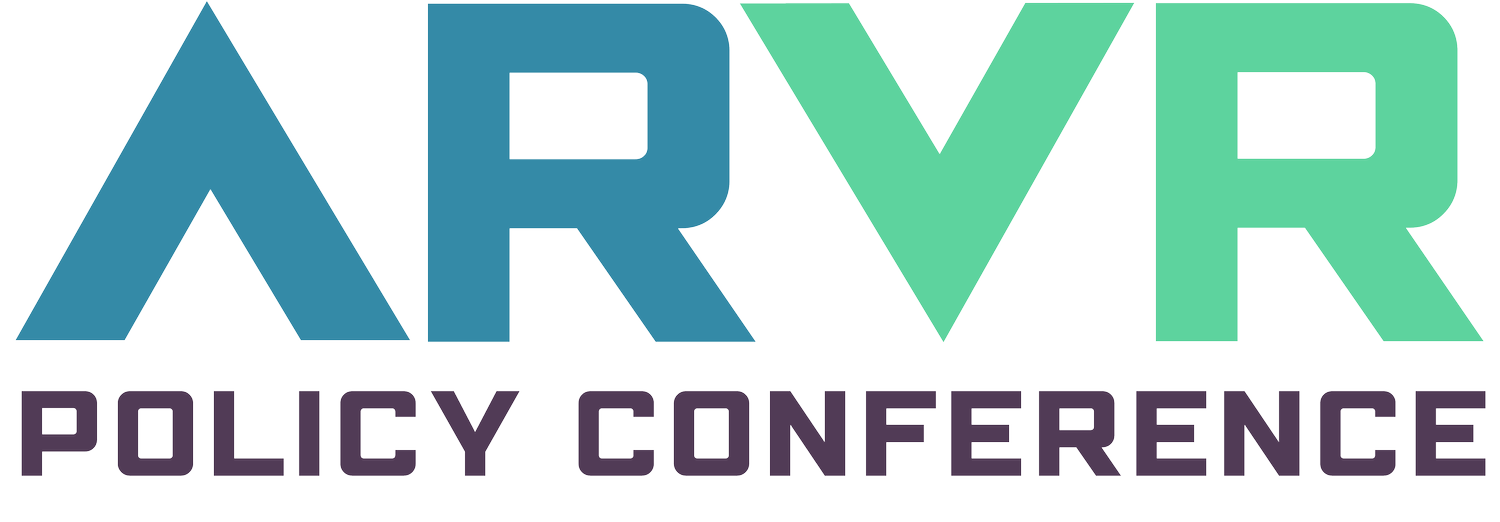
Watch Now
View the Full Event
View by Session
Opening Remarks
Conference organizers delivered opening remarks and outlined the objectives for the conversations ahead.
Speakers
Q&A: Experience on Demand
As the founding director of the Stanford Virtual Human Interaction Lab, Jeremy Bailenson is one of the leading experts on the power and potential of immersive technologies as well as safety and security measures as they gain more widespread adoption. During this session, he responded to audience questions about educating policymakers and other stakeholders, key use cases, and considerations for the future.
Speakers
Privacy, Safety, and Content Moderation in Immersive Experiences
AR/VR devices and applications offer experiences that are more immersive, interactive, and information-rich than those that other forms of digital media could offer. Because of this, AR/VR has the potential to transform the way individuals interact with others as well as the world around them. This capability offers exciting possibilities for everything from social engagements to professional activities, but it also raises unique concerns about user privacy and safety as well as content moderation. The policy debates around these topics have largely focused on two-dimensional social media platforms, but any solutions implemented today will almost certainly impact AR/VR platforms in the future. This panel explored the unique potential that AR/VR technologies have for creative expression and digital communications, the privacy, safety, and content moderation considerations that these capabilities present, and the role of policy in ensuring these new communications technologies reach their full potential while mitigating the possibilities for user harms.
Speakers
Lightning Round: Priorities for an AR/VR Policy Agenda
As AR/VR technologies gain more widespread adoption across sectors, they have the potential to impact a wide range of policy areas—far too many to cover comprehensively in a single day. It is important for policymakers to consider the wide range of policy domains that will play a role in shaping the future of AR/VR innovation (and conversely, the ways in which AR/VR technologies will raise new considerations in these). In this session, speakers with expertise in social impact, accessibility, child safety, and effective evaluation shared top-line considerations for policymakers with the goal of sparking deeper conversations on these important topics.
Speakers
Keynote Address: Policymaker’s Perspective
As AR/VR technologies gain more widespread adoption in homes, schools, and workplaces, policymakers will play an increasingly important role in promoting innovation and establishing necessary safeguards around these tools. Representative Suzan DelBene, Co-Chair of the Congressional Caucus on Virtual, Augmented, and Mixed Reality Technologies (The Reality Caucus) shared her perspective on the future of immersive technology and key objectives for policymakers going forward.
Speaker
Government Investment and Adoption in AR/VR
Government agencies have already begun to take advantage of the unique capabilities of AR/VR devices and applications, particularly in highly technical areas such as defense technology. However, these technologies have more to offer across the public sector at the federal, state, and local level. As AR/VR devices and applications become more advanced, affordable, and user-friendly, there will be many opportunities for government agencies to utilize these tools. At the same time, government investments in research and development can drive further innovation to realize the full potential of AR/VR technologies across sectors. This panel discussed key areas of government investment in AR/VR innovation, including current and potential opportunities for government agencies to implement AR/VR solutions to enhance operations, workforce development, and public services.
Speakers
Virtual Industries and Jobs of the Future
As AR/VR devices and applications can play a valuable role in the future of work. Already, these technologies are being used in industries such as advanced manufacturing to make complex processes safer and more efficient. The unique capabilities of AR/VR to enhance physical spaces and objects with virtual layers, as well as mitigating challenges of physical distance, means these technologies can be valuable tools at every stage of production, from concept to customer service. Policymakers and industry leaders should keep this potential front-of-mind when developing solutions for the future of work. This panel explored the potential AR/VR technologies present to enhance workplaces and key industries, as well as the policy solutions that could drive this transformation forward.
Speakers
Closing Remarks
Ellysse Dick, Policy Analyst at conference organizer ITIF, offered a parting message for speakers and participants.
Speaker





















